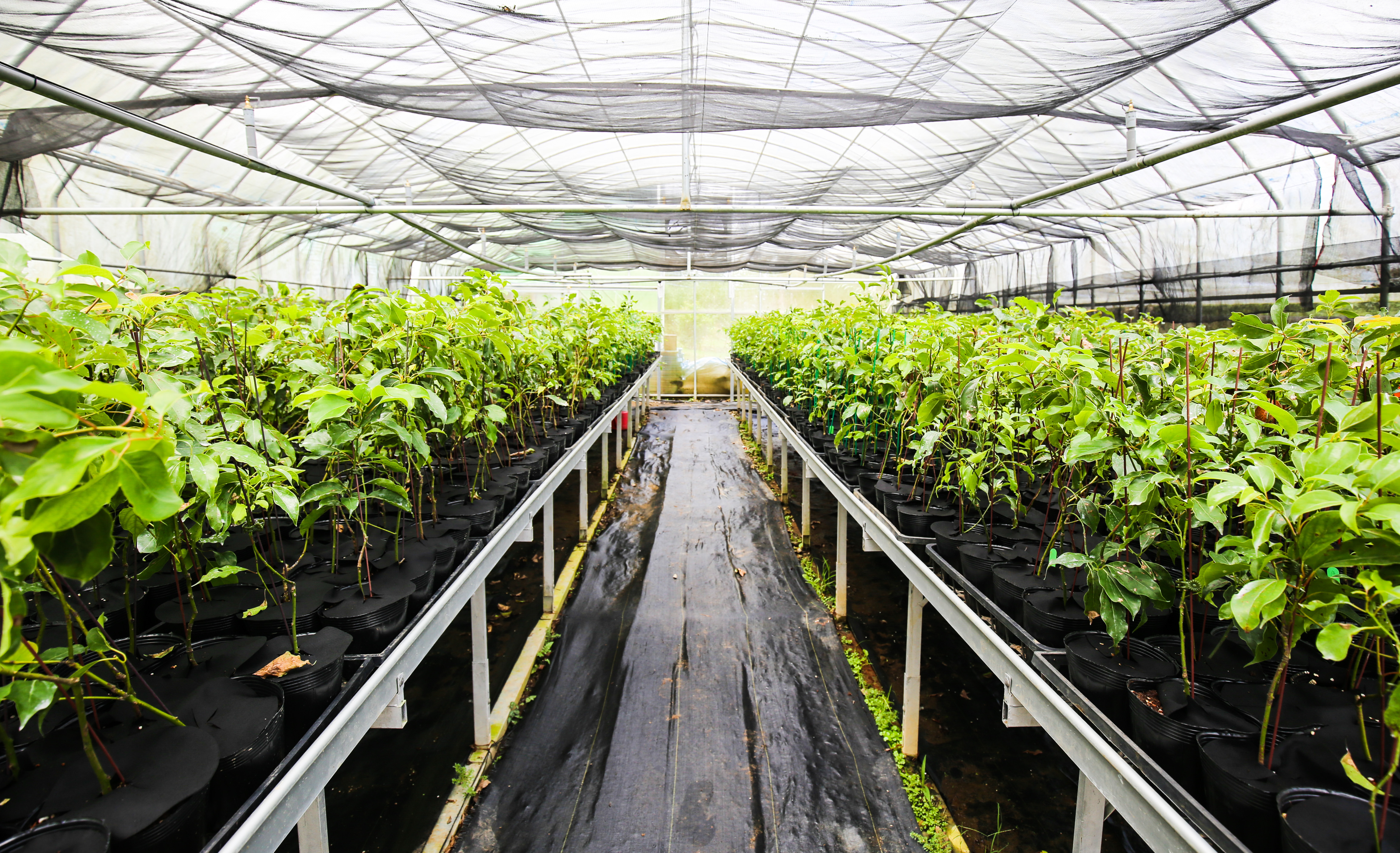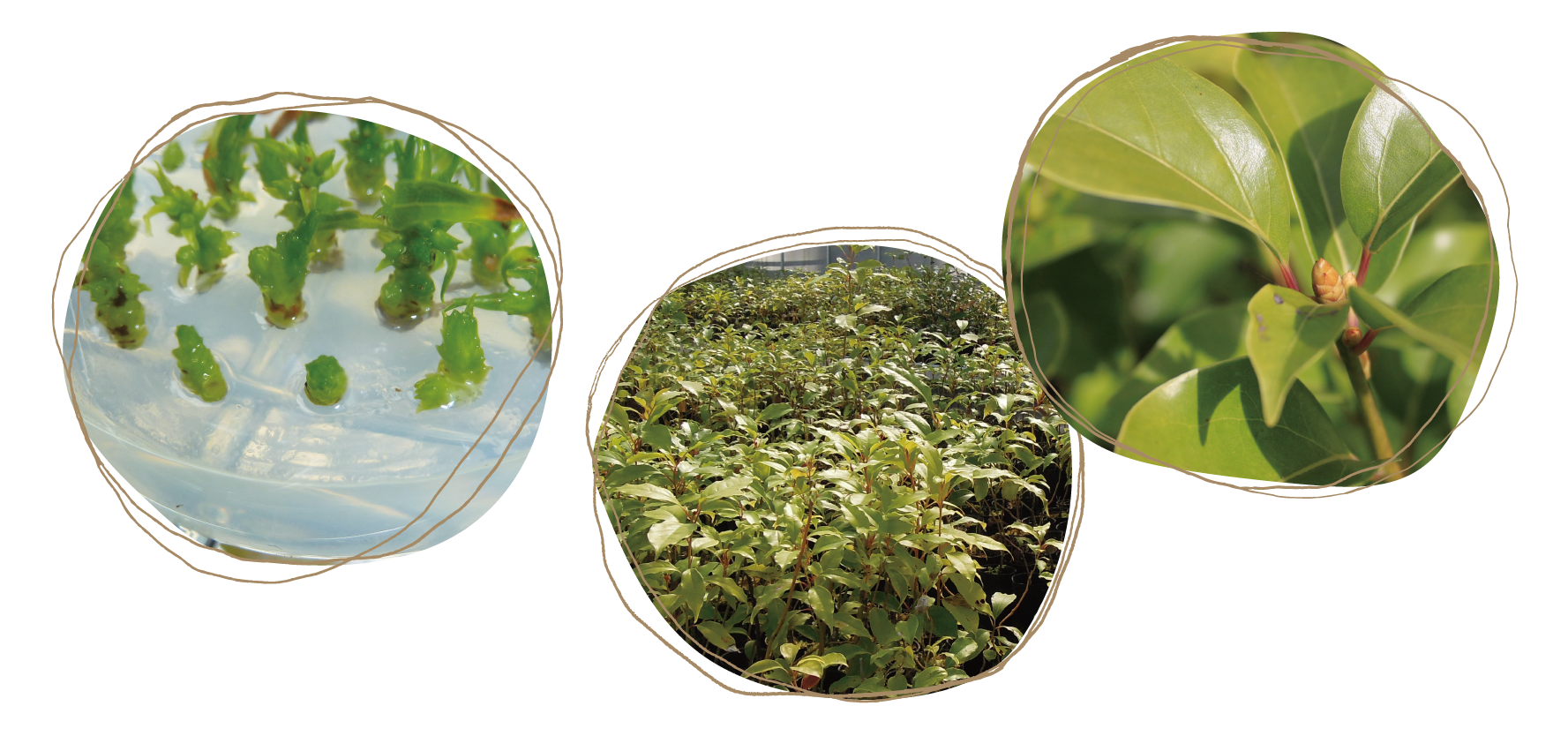Niu-Chang Tree
Cinnamomum kanehirae
Hayata
Place of origin
Taiwan's native, unique species
DistributionTaiwan's mid to low-elevation forests, mainly found in Taoyuan (Fuxing Town Jiaoban Mountain), Miaoli (Nanzhuang Town, Sanwan Town), Nantou (Zhushan Town, Shuili Town), Kaohsiung City (Liugui District), Hualien, Taitung and other mountainous areas.


Taiwan's native, unique evergreen broad-leaved large tree, can reach up to 30 meters in height, and has a diameter of about 30 centimeters to several meters.
The tree has a straight trunk, with a bark that is brownish-tea in color, it easily branches, and its branches and leaves are dense. It blooms between April and May, and its fruit is flattened round-conical or spherical in shape, about 1.2-1.3 centimeters in diameter, and has a green or black-purple color. It may have fine hair or be hairless.
